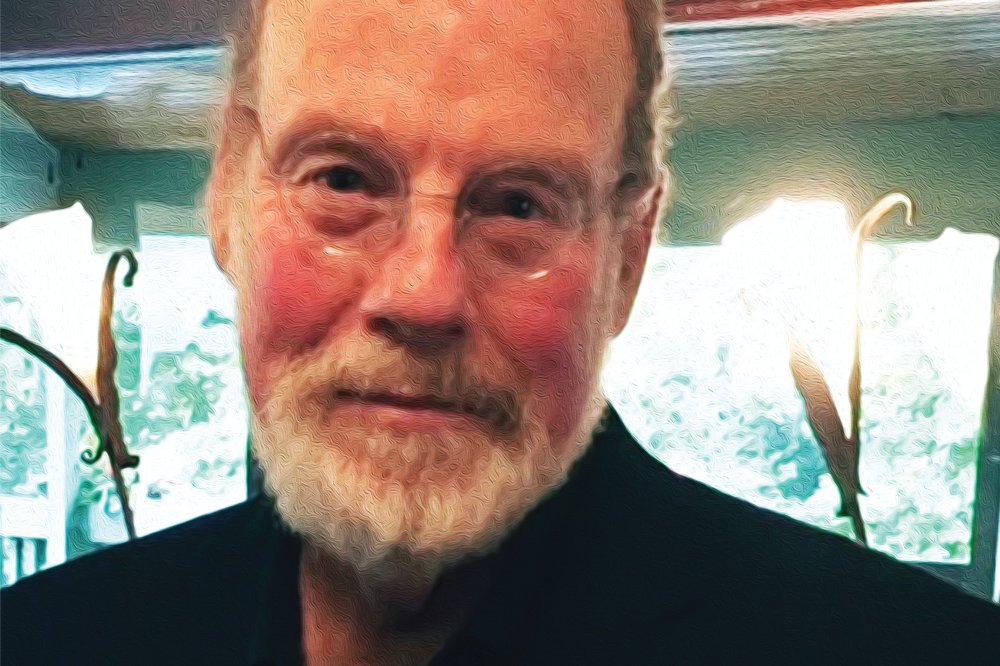
What first drew you to pathology as a specialty – and how did you end up in cytopathology?
Like many medical students, I was undecided and entertained a variety of different specialties as potential future careers. However, I did a summer externship in pathology – and, at that point, I was hooked. I was an art major at the High School of Music and Art in New York and that experience deeply affected my views on the importance of images in making diagnoses that could influence patient care. I knew then that pathology was my calling. I was fortunate to do my residency and fellowship at the Medical College of Virginia in Richmond and was greatly influenced by Jack Frable, who was a senior faculty member and director of cytopathology at that time. Jack was one the pioneers of fine-needle aspiration (FNA) cytology in the United States – and I quickly realized what a powerful impact this revolutionary, minimally invasive procedure had in establishing rapid diagnoses that aid clinicians and expedite clinical care.
How did you become an expert in FNA cytology?
After my residency and fellowship, I was recruited to the department of pathology at the Medical College of Virginia in Richmond, Virginia, followed by a brief time in private practice in San Antonio, Texas. Although I thoroughly enjoyed being involved in every aspect of pathology, I missed the academic environment – research, teaching, mentoring residents and fellows…
I came back to academic pathology to practice at East Carolina University School of Medicine in Greenville, North Carolina. I was recruited to be the Director of Cytology and to establish a contemporary FNA cytology program. I was extremely excited to join a relatively new medical school and pathology department and to have the opportunity to grow with the program. That motivated me to develop my expertise in this evolving discipline.

What would you like other pathologists to know about FNA cytology?
I believe that being competent at FNA cytology should be based on first being well-grounded as a surgical pathologist. In a way, it’s like being bilingual in surgical pathology and cytology and being able to translate back and forth between the two disciplines. Within limits, we make the same diagnoses as in surgical pathology – but we do more with less. Currently, in this era of targeted therapies, we are often asked to be the first responders in establishing a diagnosis and directing appropriate treatment. I believe that the application of immunohistochemistry and molecular diagnostics in cytology, including FNA cytology, will only increase in the future.
You are also known as an educator in cytopathology. What are your priorities as a pathology educator – and what tips do you have for other educators?
One of the great joys of my life is the opportunity to be a teacher and mentor to residents and fellows. I believe that a good educator should instill the joy of lifelong learning in their students, be accessible and truly interested in the students, and – hopefully – serve as a role model. One of my goals as an educator is to have my students become my teachers. I have been fortunate to have wonderful residents and fellows at Allegheny General Hospital in Pittsburgh and currently at the University of North Carolina in Chapel Hill – and I am constantly astonished, but not surprised, at how bright and motivated they are. I learn from them every day.
I recommend that every educator make their teaching pertinent and practical so that it becomes relevant to the student. When lecturing, you are essentially telling a story, and I approached each lecture with that in mind. Start with a good introduction, have a strong middle, and bring your presentation to a satisfying conclusion. I also tell my residents and fellows to observe other speakers at meetings, learn what works and what does not, and incorporate that learning into their presentations.

You are active not just as a pathologist, but also as a fine artist. Can you tell us a little about your art?
Art is an important part of my life. Even when I am not painting, I am constantly looking at images, searching for patterns around me in my daily life, and framing visuals in my mind as if I were painting. I have gravitated to pastel painting and do primarily landscapes and seascapes. I have been mostly influenced by the impressionists and paint in an impressionistic style. My art background has greatly influenced how I practice pathology as well as how I teach – emphasizing the search for patterns in both making diagnoses and teaching pathology. I even have a presentation that I have given nationally and internationally entitled “The Search for Common Patterns in Art and Pathology.”
How do you balance your work, teaching, art, and personal life?
Finding balance in one’s life can be difficult and there are times in my life when it has been a challenge. I try to live a balanced life, but it requires much discipline in managing my professional and personal time.
The one key message I have for my peers and colleagues is to make every moment count and find joy in your life. I have been fortunate to have been able to combine my art and pathology, enhancing my joy in both. I also have a loving wife, Lisa, two sons, Patrick and Lachlan, and two dogs, Vinny and Rosie, all of whom I adore and all of whom bring joy to my life.





